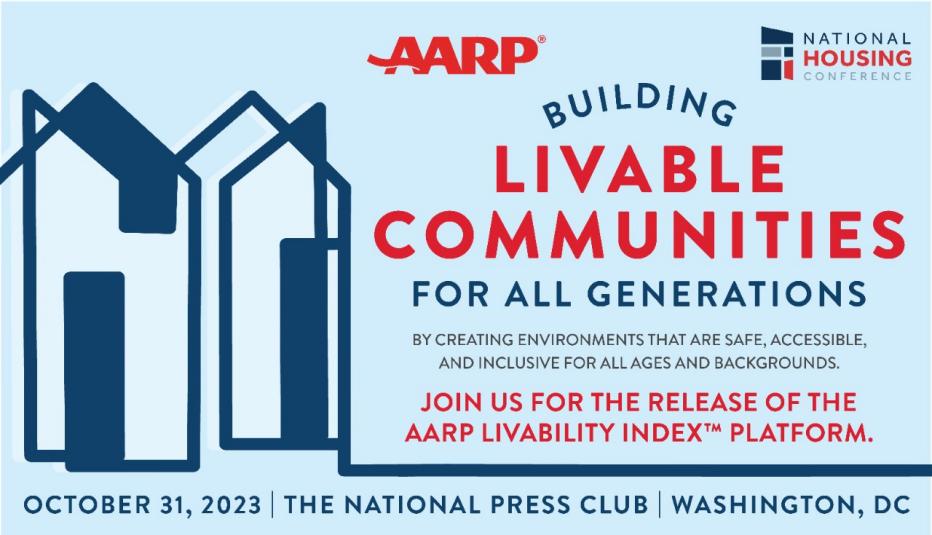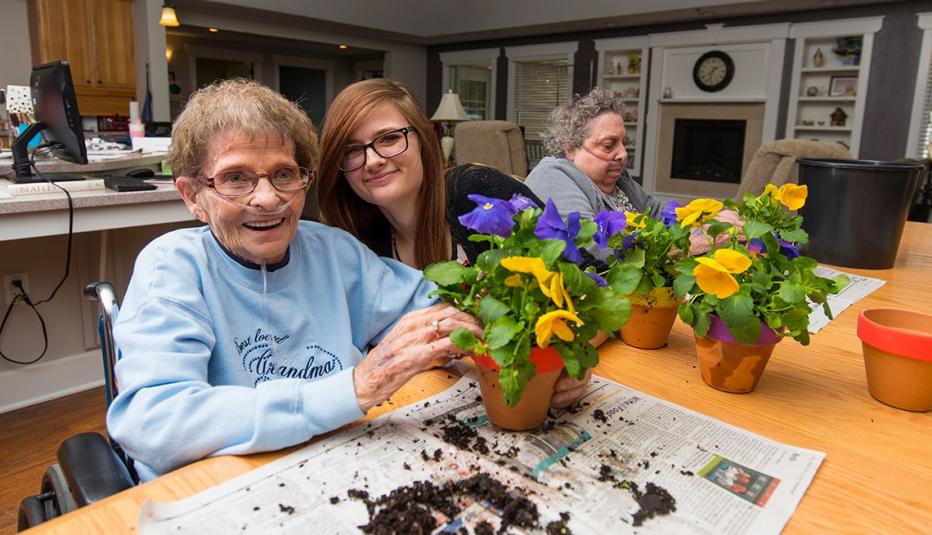AARP Hearing Center
The Village model has emerged as an innovative way to support an aging society. It is a consumer-driven model that aims to promote aging in place for community-dwelling older adults. Typically determined by geographic areas, (a zip code, for example), Villages are membership organizations comprised of older adults living in their own homes. Villages typically charge yearly dues and, in exchange, support community members by organizing social engagement activities, opportunities for mutual volunteering, transportation assistance, and referral to existing services in the community. About 40 percent of Village members serve as volunteers for other members in some capacity.
Older adults who join Villages, particularly those who actively participate, experience improvements in the areas of social engagement, civic engagement, quality of life, and confidence in believing they can age in their own homes. Some even report better health and access to medical care. Still, questions remain about whether the model has the capacity to expand beyond its current demographic (see below), and to serve people who are aging with disabilities and complex conditions.
Village Model and Trends
Village Mission: First, Villages aim to assist older adults who want to age in place and most also seek to assist older adults in aging “independently,” which they support through volunteer rides, chore services, and referrals to existing services in the community.
Village Development and Consumer Direction: Villages are typically developed and self-governed by the members. During development, “living-room chats” take place, which are advertised through word of mouth or local media, where the group discusses the types of services they would want and ways to volunteer.
Organizational Structure: Villages typically serve neighborhoods, cities, or counties or are defined by zip code. The average size of a Village in 2016 was 140 members.
Village Collaboration and Coalitions: Villages often band together to form intra-Village collaborations or align themselves with other Villages. The Village to Village Network (VtVN), for example supports yearly gatherings where Villages from across the United States and around the world collaborate and share lessons learned. Villages are also beginning to cooperate via regional coalitions.
Village Members: A recent survey showed that a majority of Village members are women (71.3 percent), white older adults (95.7 percent), and highly educated (25 percent had college degrees and 58 percent had graduate degrees). Village members tend to be well resourced, with 74 percent of members from households with an annual income of $50,000 or more. 58 percent of respondents rated their health as excellent, very good, or good, and only 14 percent rating their health as fair or poor. 55 percent of members live alone.
Village Finances
The majority (90 percent) of Villages charge a yearly membership fee, ranging from $10 to $900 for individuals and from $15 to $1,309 for couples. About half also offer “tiered” options, such as a “social membership” for seniors who only attend social events. Most Villages have some paid staff, with an average of 1.2 full-time employees. Villages are almost universally nonprofit entities. In 2016, Villages had an average total annual revenue of $115,085: 44 percent from membership dues, 22 percent from individual donations, 12 percent from private foundation grants, 9 percent from fundraising events, 6 percent from business or corporate donations, and 5 percent from government grants or contracts.
Village Diversity
Villages remain a model that attracts mostly white, well-educated, and well-resourced older adults. Only about 11 percent of members identify as non-white people, a quarter have an annual income under $50,000, and 17 percent have less than a college education. This suggests that Villages may not reflect the communities they serve. In focus groups conducted prior to the pandemic with older adults who identified as African American, Latino, and Chinese as well as in and key-informant interviews, a lack of cultural competency, perceived racial tensions, anti-immigrant sentiment, and lack of community cohesion were mentioned as factors that may limit a mostly white organization, like a typical Village, from gaining trust among communities of color. Another barrier mentioned in the focus groups was the high cost of membership, especially given their perception that they could access similar services for free through senior centers, churches, or other groups.
Barriers to establishing a diverse membership can hinder Villages’ success and have consequences for the sustainability of the model, which relies on constant recruitment of new members to provide both volunteer support and funding.































































